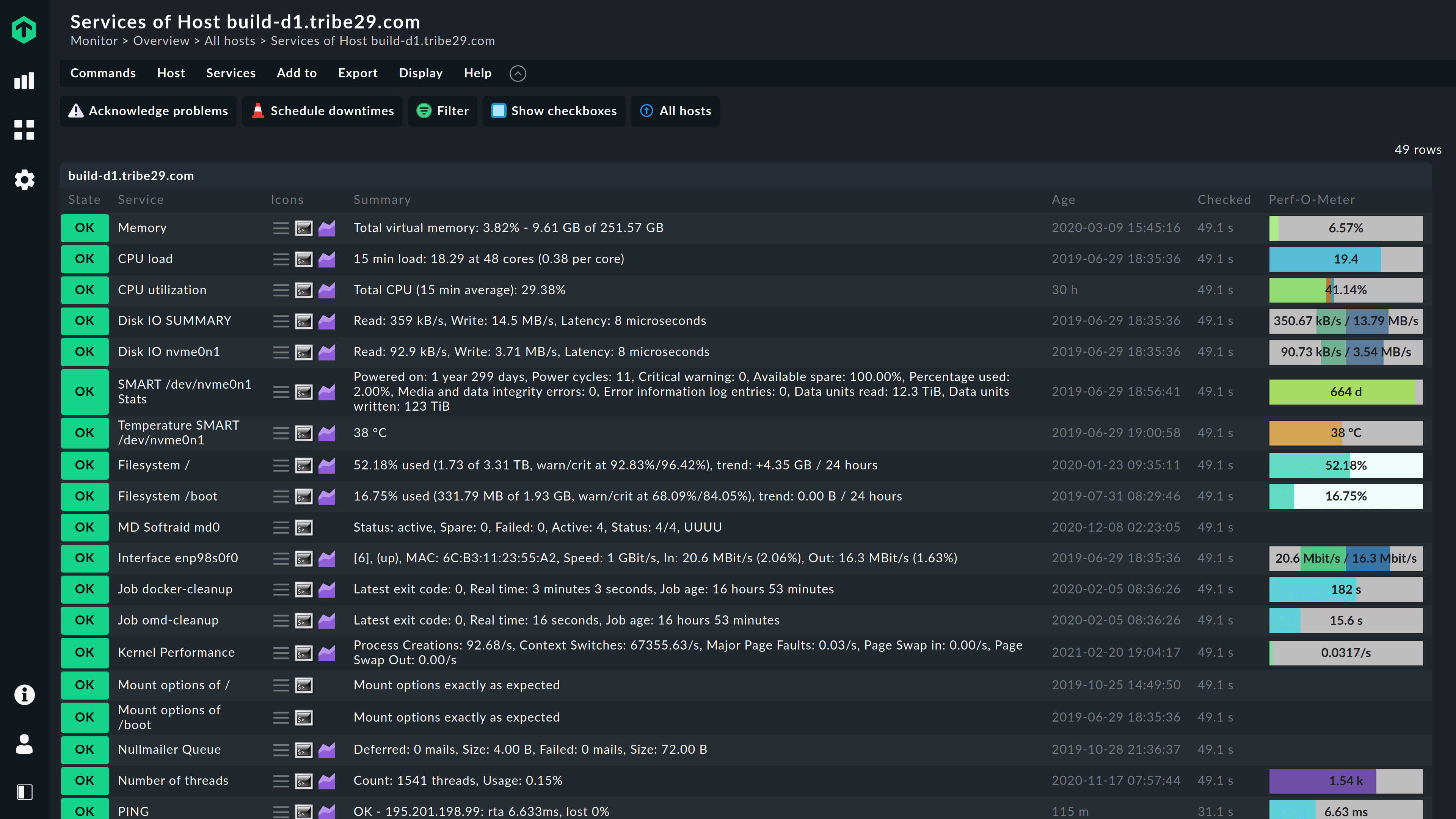

Tty=pts1 ses=3873 comm=cat exe=/usr/bin/cat subj=unconfined key=root_fileĪll of these lines also called records, are part of the same event, 11666. Syscall=openat success=yes exit=3 a0=AT_FDCWD a1=0x7fffd21697d9 a2=O_RDONLYĪ3=0x0 items=1 ppid=1732318 pid=1733641 auid=user1 uid=user1 gid=user1Įuid=user1 suid=user1 fsuid=user1 egid=user1 sgid=user1 fsgid=user1 With this in mind, let’s perform a simple read via cat: $ cat /file Here, we see no matches because, as per our rule, we’re only auditing read events. Next, we check the logs for any action with our file with the –file flag: $ ausearch -file /file This is possible via the –format flag.įirst, let’s write to /file: $ echo Input. -m ( –message) to query by message typeĪdditionally, we can format the output as raw, default, interpret, csv, and text.In both examples above, we used an event number directly, but there are also many other criteria, e.g.: Also, the date stamp is converted to a human-readable format. Type=DAEMON_START msg=audit( 20:11:06.200:666): op=start ver=3.0.7įormat=enriched kernel=4.9.0-8-amd64 auid=unset pid=1666000 uid=0 ses=unsetĬomparing the output, we see that the value of the auid parameter in the record was translated from a string of hex numbers to unset. Notably, a big advantage to ausearch is the –interpret ( -i) flag, which decodes data within messages since parts of them are hex-encoded: $ ausearch -event 666 -interpret Ses=4294967295 subj=unconfined res=success AUID="unset" UID="root" Now, we can browse the log manually or use the provided ausearch for filtered searches: $ ausearch -event 666 After it, separated by a colon, is the event identification number ( 666 and 669).

Moreover, we can extract a timestamp from the msg section ( 1644796660.200), also part of other events. Also, from the type=DAEMON_START line, we can see that it has PID 1666000. Ses=4294967295 subj=unconfined msg='unit=auditd comm="systemd"Įxe="/usr/lib/systemd/systemd" hostname=? addr=? terminal=? res=success'Įvidently, the service has started. Subj=unconfined res=success AUID="unset" UID="root" Let’s now check the log using the path we saw in the configuration above: $ cat /var/log/audit/audit.log Of course, write_logs has to be yes for that to matter.įor auditd to suit our needs, we also may need to set some rules, based on which auditing will be done. For the rest, we can use a configuration reference.Ĭrucially, we should note down the path to the log_file: /var/log/audit/audit.log. Most of the critical settings in the file are self-explanatory and have sane defaults. # This file controls the configuration of the audit daemon

Next, we establish the default configuration of the daemon in /etc/audit/nf: $ cat /etc/audit/nf
LINUX MONITOR DIRECTORY FOR NEW FILES INSTALL
Since it’s not a part of all Linux distributions by default, we might need to install auditd on our own: $ apt-get install auditd Let’s see how this works on the operating system level.
LINUX MONITOR DIRECTORY FOR NEW FILES MANUAL
However, armed with such knowledge, we are still in a much better position than resorting to manual forensics. Grant select,insert,update,delete,create,drop,index,alter,create temporary tables,lock tables on baeldung.* to In that way, audit data sits somewhere between a backup and simple history logs: $ cat /home/user1/.mysql_historyĬreate user IDENTIFIED BY 'password' Of course, operating system auditing doesn’t directly allow recovery like some databases do – we need the data and means for that. In fact, the mechanism is more or less identical in terms of data to the logs used to track databases such as mysql: $ cat /var/lib/mysql/audit.log In this way, a trail of records exists, whereby events can be reconstructed. It provides a way to map activity to certain accounts, enabling administrators to trace:Ĭombined with strong security concepts such as encryption-protected authentication and authorization, auditing can ensure almost complete accountability. The general idea of auditing is to help keep user actions in check.


 0 kommentar(er)
0 kommentar(er)
